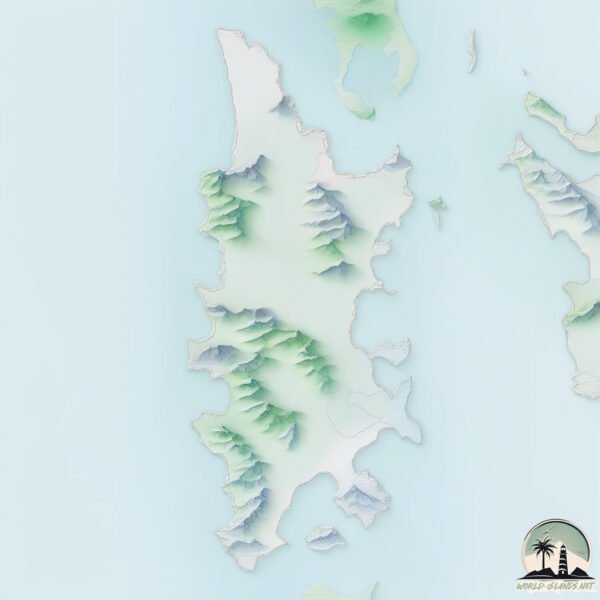Welcome to Phuket , a Tropical island in the Malacca Strait, part of the majestic Pacific Ocean. This guide offers a comprehensive overview of what makes Phuket unique – from its geography and climate to its population, infrastructure, and beyond. Dive into the details:
Geography and size of Phuket
Size: 525.5 km²Coastline: 235 kmOcean: Pacific OceanSea: Malacca StraitContinent: Asia
Phuket is a Large Island spanning 525 km² with a coastline of 235 km.
Archipel: –
Tectonic Plate: Sunda – Extends across Southeast Asia, encompassing parts of the Sunda Shelf, known for its interaction with the Australian Plate, contributing to volcanic activity in Indonesia.
The geographic heart of the island is pinpointed at these coordinates:
Climate and weather of Phuket
Climate Zone: TropicalClimate Details: Tropical Monsoon ClimateTemperature: Hot
Climate Characteristics: Characterized by heavy rainfall, high humidity, and uniformly high temperatures, but with a distinct short dry season. It features a seasonal reversal of prevailing wind directions.
Topography and nature of Phuket
Timezone: UTC+07:00Timezone places: Asia/JakartaMax. Elevation: 434 m Mean Elevation: 69 mVegetation: Agricultural MosaicTree Coverage: 37%
The mean elevation is 69 m. The highest elevation on the island reaches approximately 434 meters above sea level. The island is characterized by Hills: Gently sloping landforms with rounded tops, having a maximum elevation between 200 and 500 meters. Hills contribute to a varied landscape on islands.
Dominating Vegetation: Agricultural Mosaic
Vegetation: 14 vegetation zones – Exceptionally Diverse Island
Infrastructure and Travelling to Phuket
Does the island have a public airport? yes .
Does the island have a major port? yes .
The mean population of Phuket is 1929 per km². Phuket is Densely Populated. The island belongs to Thailand .
The name of the island resonates across different cultures and languages. Here is how it is known around the world: Arabic: جزيرة فوكيت; German: Ko Phuket; Spanish: Phuket; French: île de Phuket; Portuguese: Phuket; Russian: Пхукет; Chinese: 普吉岛
Continuing your journey, Ko Yao Yai is the next notable island, situated merely km away.
5 Best Islands to Visit Near Phuket: Stunning Island Getaways
Discover the 5 best islands to visit near Phuket for a perfect getaway! From the stunning Similan Islands to the famous Phi Phi ...
5 Best Islands to Visit Near Phuket: Stunning Island Getaways
Discover the 5 best islands to visit near Phuket for a perfect ...
Discover the 5 best islands to visit near Phuket for a perfect getaway! From the stunning Similan Islands to the famous Phi Phi ...
PHUKET, THAILAND (2023) | 10 BEST Things To Do In & Around Phuket
Phuket is located on the Andaman Sea in southern Thailand. It's the ...
Phuket is located on the Andaman Sea in southern Thailand. It's the biggest island in the country. And thanks to its easy access ...
Top 5 Best Phuket Island Hopping Tours| Phuket Nightlife
This video reveals the Top 5 Best Phuket Island Hopping Tours in ...
This video reveals the Top 5 Best Phuket Island Hopping Tours in Thailand. Here, You will get a complete travel guide to Phuket.
Thailand is classified as Emerging region: G20: Group of Twenty – Major economies comprising both developed and emerging countries, representing the world’s largest economies. The level of income is Upper middle income.
News – Latest Updates and Headlines from Phuket
Stay informed with the most recent news and important headlines from Phuket. Here’s a roundup of the latest developments.
Loading...
Please note: The data used here has been primarily extracted from satellite readings. Deviations from exact values may occur, particularly regarding the height of elevations and population density. Land area and coastline measurements refer to average values at mean high tide.

